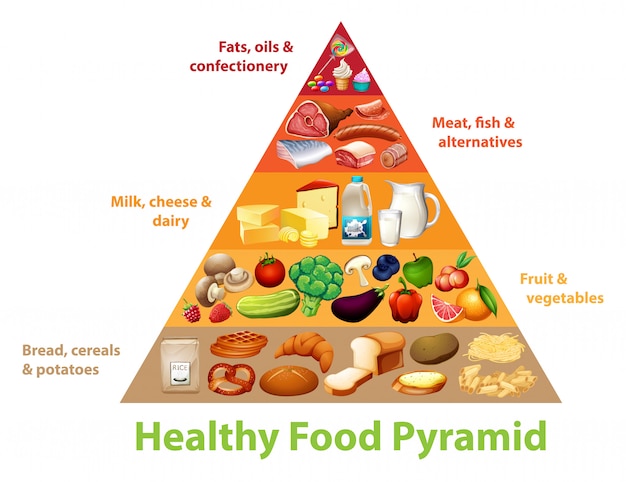Task 14:
Research food pyramids for 3 different types of physical activity. Explain the reason for the food proportions based on the energy requirements of the physical activity.
Marks: 30 (10 marks per activity type)
Resources:
Textbook: Chapter 9 – Sections 1 & 2
Online: Fitness Nutrition – All Lessons
Notes:
This task requires the student to adapt a basic food pyramid/plate to 3 different types of activity, I.e. running, swimming, resistance training, circuit training, etc. Try and avoid body-building approaches, as there is a lot of misinformation related to this activity type.
The student can utilise 1 pyramid and provide modifications that will be applied based on the activity type requirements. The student can then explain further the food proportions based on macro/micro nutrient guidelines.
Simply providing 3 different pyramids or plates for each activity type will not be sufficient. An explanation and food proportion breakdown will be required.
Please see examples of a food pyramid and food plate below which is required as a reference in the above answer:


Task 15:
Design a nutrition action plan for a selected participant. The action plan must include the following:
a. Current incorrect or unhealthy eating habits
b. Healthy eating modifications, included meal habits and food choices
c. Advice related to supplementation
d. Referral to a dietician if necessary
THIS IS NOT A MEAL PLAN OR FOOD DIARY, BUT MERELY NUTRITIONAL GOAL SETTING AND RELATED DIETARY ADVICE
Marks: 20
Resources:
Textbook: Chapter 9 – Sections 3
Online: Fitness Nutrition – All lessons
Notes:
This task must NOT be an in-depth meal plan for a specific client, as this is beyond the scope of a personal trainer.
This task require the student to select a client as a case study (it can be one of the clients from task 7, but does not need to be).
The student must determine the clients current eating habits, with particular focus on the incorrect or unhealthy habits. This can include:
- Food types
- Food proportions
- Missing meals
- Timing of meals
- Lack of certain food types
Based on this, the student will then recommend modifications that the client can implement to improve their eating habits and food choices. It is important to consider practical aspects like cost of healthy food choices, availability of healthy food choices and whether the client is able to make the recommended changes.
Further to this the student must recommend whether any supplementation will be required (a supplement suggestion is not required is unnecessary)
If the client has any special needs or requirements that will require referral to a dietitian, then these must be listed and an explanation provided as to why a referral is recommended.
